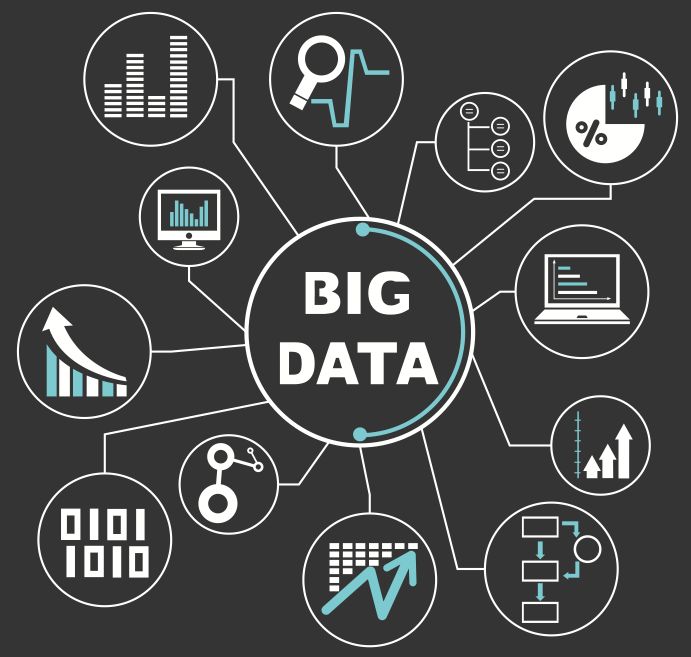Data science is one of the most exciting and in-demand fields today. If you’re starting from scratch and wondering where to begin, don’t worry! This guide will take you through a step-by-step roadmap to learning data science from the ground up.
1. Understand What Data Science Is
Before diving into learning, it’s crucial to understand what data science is and what it entails. Data science is a multidisciplinary field that combines statistics, programming, and domain expertise to extract meaningful insights from data. It involves:
- Data collection and cleaning
- Data analysis and visualization
- Machine learning and artificial intelligence
- Business and industry applications
2. Learn the Fundamentals of Mathematics and Statistics
A strong foundation in mathematics and statistics is essential for data science. Focus on:
- Probability and statistics
- Linear algebra
- Calculus (basic concepts like derivatives and integrals)
- Optimization techniques
Recommended Resources:
- Khan Academy (for basic math and statistics)
- Introduction to Probability & Statistics by William Mendenhall
3. Pick a Programming Language (Python or R)
Python and R are the most popular languages for data science. Python is widely used due to its simplicity and rich ecosystem of libraries.
Learn:
- Python basics (variables, loops, functions, OOP)
- Libraries: NumPy, Pandas, Matplotlib, Seaborn
- Data manipulation and visualization
Recommended Courses:
- Python for Data Science by DataCamp
- Automate the Boring Stuff with Python by Al Sweigart
4. Master Data Handling and Preprocessing
Real-world data is messy. Learning how to clean and preprocess data is crucial.
Topics to Cover:
- Handling missing values
- Data wrangling with Pandas
- Feature engineering
- Dealing with categorical data
5. Learn Data Visualization
Visualizing data helps in understanding patterns and making better decisions.
Recommended Tools:
- Matplotlib and Seaborn (Python)
- Tableau and Power BI (for business visualization)
6. Get Comfortable with Databases and SQL
SQL is essential for querying structured databases.
Learn:
- SQL basics: SELECT, WHERE, JOIN
- Database management with MySQL or PostgreSQL
- NoSQL databases (MongoDB) for unstructured data
7. Explore Machine Learning Concepts
Machine learning is a core aspect of data science.
Topics to Start With:
- Supervised vs. unsupervised learning
- Linear regression, logistic regression
- Decision trees, random forests
- Neural networks and deep learning (later stages)
Recommended Courses:
- Andrew Ng’s Machine Learning Course (Coursera)
- Hands-On Machine Learning with Scikit-Learn & TensorFlow by Aurélien Géron
8. Work on Real-World Projects
Practical experience is key to mastering data science.
Project Ideas:
- Analyzing a dataset from Kaggle
- Predicting stock prices
- Sentiment analysis on Twitter data
- Customer churn prediction
9. Understand Big Data and Cloud Computing
Big data tools help in handling large-scale data.
Learn:
- Apache Spark
- Hadoop
- Cloud platforms like AWS, Google Cloud, or Azure
10. Build a Portfolio and Network
Having a strong portfolio increases your chances of landing a job.
Ways to Showcase Your Work:
- Contribute to Kaggle competitions
- Publish projects on GitHub
- Write blogs about your learning process
- Connect with professionals on LinkedIn

